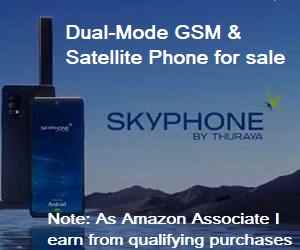Satellite Internet Forum.
Welcome, Guest. Forum rules.To search this site click here > SATSIG search
| Home Login Register |
| Satellite Internet forum › TooWay and KA-SAT satellite › Tooway carrier spectrum in each spot beam ? |
|
Pages: 1
|
Tooway carrier spectrum in each spot beam ?(Read 5951 times) |
|
Eric Johnston
YaBB Moderator
★★★★★ Offline Posts: 2109 |
Jul 28th, 2013 at 7:02pm
|
| Back to top |
IP Logged
|
|
Munger
Senior Member
★★★ Offline Posts: 129 Cambridgeshire, United Kingdom |
Reply #1 - Jul 29th, 2013 at 3:19pm
|
| Back to top |
IP Logged
|
|
Sudiste
Member
★★ Offline Posts: 7 |
Reply #2 - Jul 30th, 2013 at 6:21pm
|
| Back to top |
IP Logged
|
|
Eric Johnston
YaBB Moderator
★★★★★ Offline Posts: 2109 |
Reply #3 - Jul 30th, 2013 at 7:35pm
|
| Back to top |
IP Logged
|
|
Pages: 1
|
Email me: eric@satsig.net
Powered by YaBB 2.5.2!
YaBB Forum Software © 2000-. All Rights Reserved.
Disclaimer, Terms of Use and Privacy Forum User Agreement Forum rules Cookie policy.


